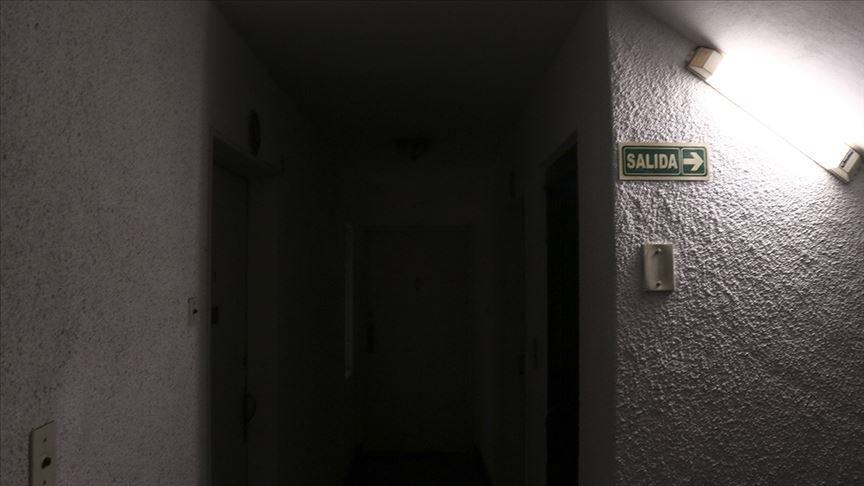
OVIEDO, Spain
In the first nine months of 2022, Spain generated 48% less hydroelectricity than it did during the first three quarters of 2021, according to data from the national electricity grid operator REE.
In total, Spain generated just over 13,000 gigawatt hours of hydroelectricity this year — making up just 6.1% of the country’s electricity generation mix, according to REE data.
In 2021, hydro accounted for 11.4% of the country’s energy production, making it the fourth-most important energy source after wind power, nuclear energy and natural gas-fueled combined cycle power plants.
But 2022 has been a year of extremes for Spain.
It was the hottest summer and one of the three driest water years since record-keeping began. From October 2021 to October 2022, it rained 26% less than normal, according to Spain’s meteorological agency Aemet.
The timing has been anything but good. The war in Ukraine sent natural gas prices soaring, and, at the same time, European nations committed to reducing their demand for fuel.
And while the EU has reduced natural gas consumption by 7% this year – with double-digit drops in nations like Germany, the Netherlands, Finland, and Sweden – Spain has actually increased its use of natural gas by 2%, according to data from the economic think tank Bruegel.
EU members are on the path to reaching their promises of reducing natural gas demand by 15% by March. But Spain, which has pledged to reduce its consumption by around 7% given its relative isolation and lack of reliance on Russian fuel, is still struggling.
Scorching temperatures this summer saw the demand for electricity surge. At the same time, the Iberian price cap on gas, the drought and increased electricity exports to France encouraged increased use of natural-gas-fueled combined cycle power plants.
Meanwhile, for the first year ever, photovoltaic energy has overtaken hydroelectricity to become Spain’s fourth-biggest source of electricity.
This year, solar panels have generated 11% of Spain’s electricity — up from 8.1% last year, 6.1% in 2020, and 3.5% in 2019.
On the other hand, wind power generation in Spain has remained relatively stable since 2018.
While brutally dry conditions have faced much of Europe this year, the Iberian peninsula is among the worst affected, according to S&P Commodity Insights.
Even so, France saw its hydro generation drop 30% in the first half of the year, while in July, solar energy generation overtook hydro for the first time across the continent, according to research firm Fraunhofer ISE.
Experts suggest that extremely dry and wet conditions are linked to climate change and that droughts in Spain may become increasingly common.
For now, however, European countries are more focused on getting through the winter.
“We can hope that the winter is not too cold in Europe and that we have a lot of precipitation that brings additional water to the reservoirs,” Anton Schleiss, coordinator of Hydropower Europe, an EU-funded project to develop a road map for the industry, told S&P.
If not, he warned, “then we will really have problems.”
Anadolu Agency website contains only a portion of the news stories offered to subscribers in the AA News Broadcasting System (HAS), and in summarized form. Please contact us for subscription options.







